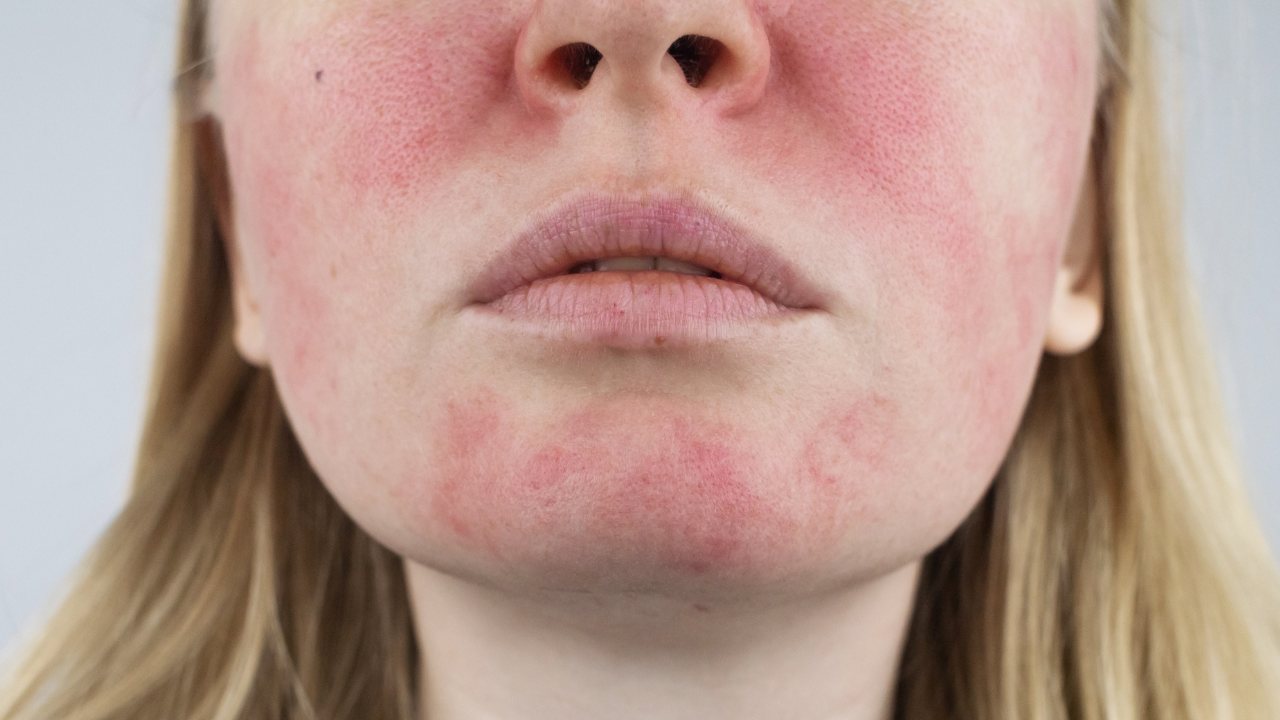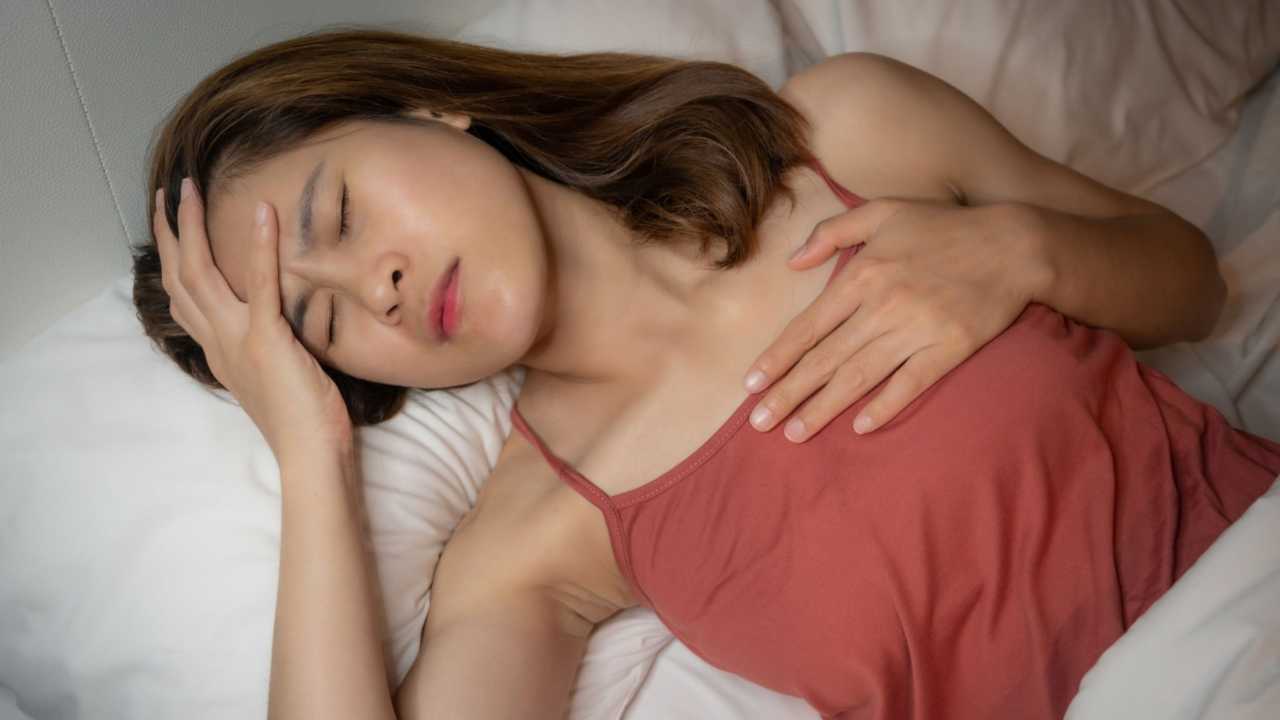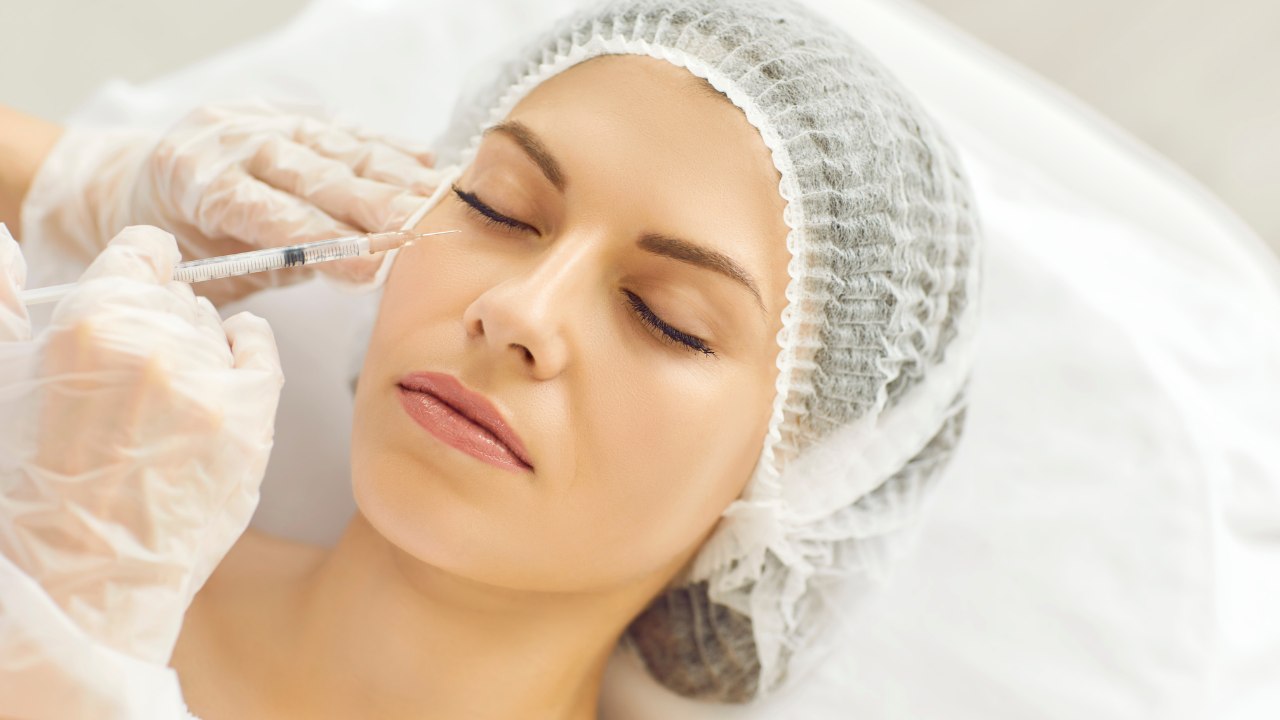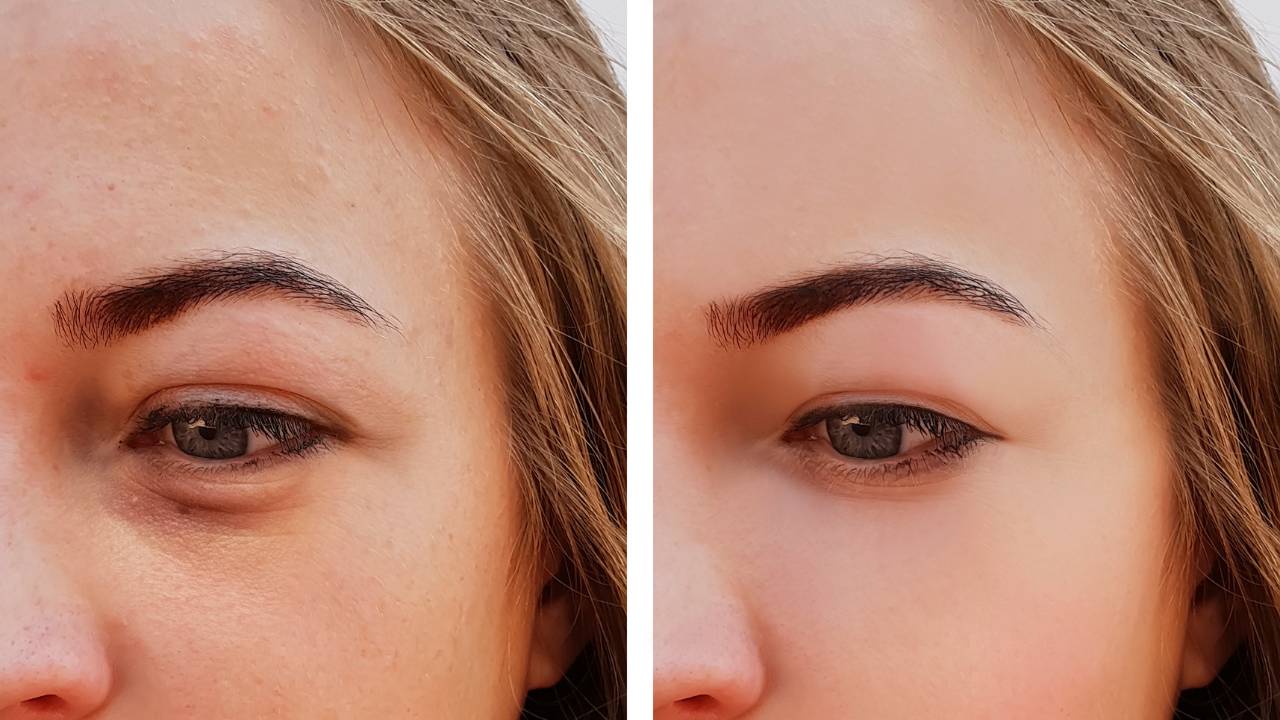If you’re a coffee lover or rely on that morning cup of tea to kickstart your day, you might wonder why you’ve been advised to avoid caffeine after your PRP (Platelet-Rich Plasma) treatment.
It seems like a small thing, but there are good reasons behind this recommendation. Let’s check why cutting out caffeine, even temporarily, can significantly affect your healing process and overall results from PRP therapy.
Why No Caffeine After PRP? Caffeine Consumption And Platelet Function Connection
Caffeine Increases Pain and Inflammation
Caffeine is a known stimulant that can heighten the body’s stress response. After a PRP treatment, your body is already in a state of heightened activity as it works to repair and regenerate tissues. Adding caffeine into the mix can amplify feelings of pain and inflammation.
This is because caffeine can increase cortisol levels, the body’s primary stress hormone, leading to more inflammation. Increased inflammation can hinder the healing process and potentially exacerbate any discomfort you may experience post-treatment.
Caffeine Interferes with the Healing Process
The primary goal of PRP therapy is to enhance the body’s natural healing mechanisms by injecting a concentrated dose of your platelets into the targeted area. These platelets release growth factors that promote tissue repair and regeneration.
However, caffeine can interfere with this delicate process. Caffeine constricts blood vessels, reducing blood flow to the treated area. This reduced blood flow can impede the delivery of essential nutrients and oxygen crucial for healing, compromising the effectiveness of the PRP treatment.
Caffeine Reduces the Effectiveness of the Treatment
One of the critical components of successful PRP therapy is ensuring that the injected platelets function optimally. Caffeine consumption has been shown to affect platelet function negatively.
Studies suggest that caffeine can inhibit the aggregation of platelets, which is a vital step in the healing process. Platelet aggregation is necessary for forming the initial clot that starts tissue repair.
Consuming caffeine might reduce the effectiveness of the platelets intended to help you heal. Therefore, abstaining from caffeine ensures that the platelets can work as efficiently as possible, maximizing the benefits of your PRP treatment.
How Long Should I Abstain From Caffeine After PRP Treatment?
It’s generally recommended to avoid caffeine for about a week after your PRP session. During this time, your body is healing, and caffeine can interfere. But what about decaf options?
Can I Consume Decaffeinated Beverages after PRP Treatment?
Decaffeinated drinks are a safer choice post-PRP. They contain minimal caffeine, which shouldn’t pose a problem for your recovery. So, feel free to indulge in decaf coffee or tea if you’re craving that comforting ritual.
Remember to keep it in moderation and prioritize hydration with water or herbal teas. These caffeine-free options can support your body’s healing journey without unnecessary setbacks.
In essence, while it’s best to skip caffeine for a week after PRP treatment, you can still savor a decaf treat to satisfy your cravings and support your recovery.
Caffeine Alternatives During Recovery
Finding suitable alternatives to caffeine during your recovery can support your body’s healing process without compromising taste or enjoyment. Here are some refreshing options to consider:
Herbal Teas
Explore a variety of herbal teas that offer unique flavors and health benefits. Options like chamomile, peppermint, ginger, or rooibos are caffeine-free and can provide soothing effects while promoting relaxation.
Fruit-Infused Water
Infuse your water with slices of fresh fruits like lemon, cucumber, berries, oranges to add flavor without any caffeine. Not only does it taste delicious, but it also helps keep you hydrated, which is essential for recovery.
Decaffeinated Coffee
If you can only imagine starting your day with coffee, opt for decaf versions. Decaffeinated coffee offers a similar aroma and taste to regular coffee but significantly less caffeine, making it suitable during your recovery period.
Golden Milk
This traditional Ayurvedic beverage, or turmeric latte, combines turmeric, milk (or a dairy-free alternative), and other warming spices like cinnamon and ginger. Golden milk is caffeine-free and boasts anti-inflammatory properties that can aid in recovery.
Sparkling Water
Enjoy the fizzy sensation of sparkling water with a twist of lemon or lime for added flavor. Sparkling water is calorie-free and provides a refreshing alternative to caffeinated beverages.
What Products to Avoid After PRP?
After undergoing PRP treatment, you must be mindful of the products you use to ensure optimal healing and results. We have compiled a list of some common products to avoid post-PRP:
Harsh Skincare Products
Avoid skincare products containing harsh chemicals, fragrances, or abrasive ingredients that may irritate the skin. Opt for gentle, non-irritating cleansers, moisturizers, and sunscreen specifically formulated for sensitive or post-procedure skin.
Makeup
Avoid applying makeup to the treated area immediately after PRP treatment, as it can introduce bacteria and irritate the skin. Give your skin time to heal before resuming makeup application, and choose non-comedogenic, hypoallergenic products when you do.
Exfoliants
Refrain from using exfoliating scrubs, peels, or chemical exfoliants on the treated area, as they can disrupt the healing process and increase the risk of irritation or inflammation. Stick to gentle cleansing and moisturizing routines until your skin has fully recovered.
Anti-Aging Treatments
Avoid undergoing additional cosmetic treatments or procedures in the treated area for a specified period following PRP therapy. This includes treatments like laser therapy, microdermabrasion, or chemical peels, which can interfere with healing and compromise results.
Sun Exposure
Wear broad-spectrum sunscreen with an SPF of 30 or higher to minimize sun exposure and protect the treated area from UV radiation. Avoid direct sunlight, tanning beds, and prolonged outdoor activities, especially during peak sun hours.
Blood-Thinning Medications
Consult with a professional about temporarily discontinuing or adjusting any blood-thinning medications or supplements you may be taking, as they can increase the risk of bruising or bleeding at the injection site.
How to Speed Up Recovery After PRP Injections
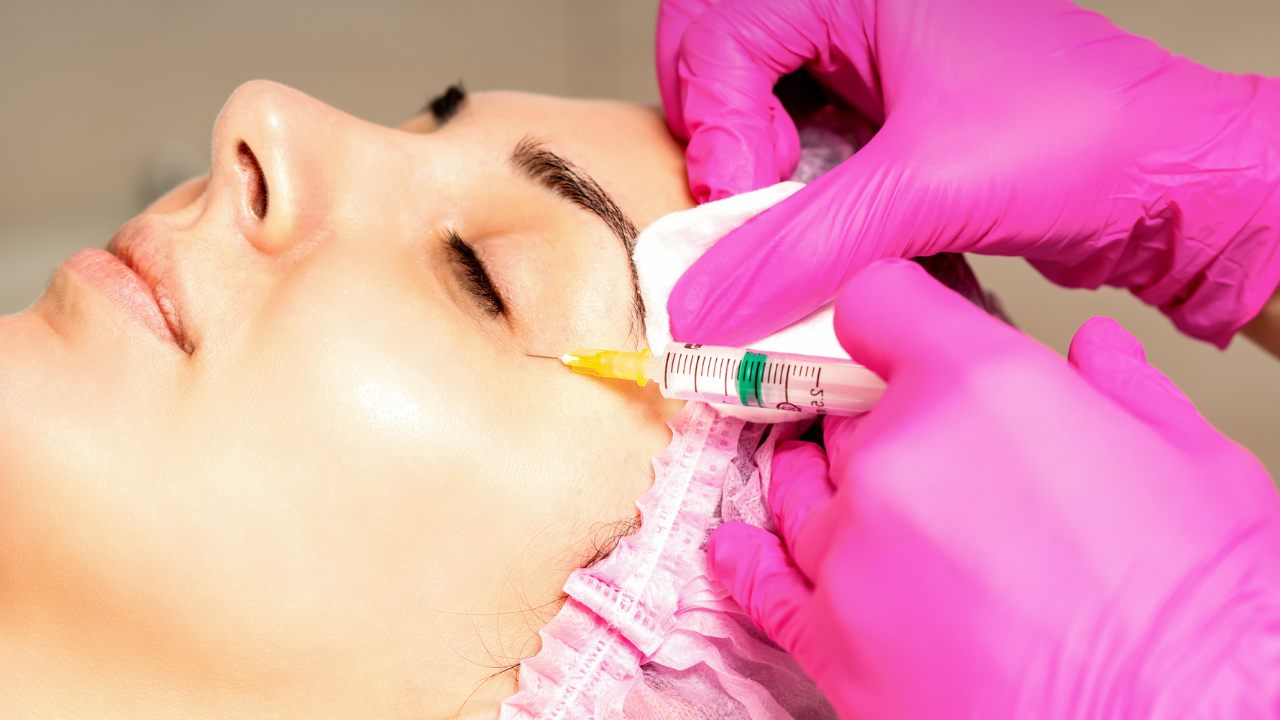
While PRP injections are minimally invasive and have a relatively quick recovery period, there are several things you can do to speed up healing and maximize the benefits potentially:
Immediate Post-Injection Care
- Rest: Avoid strenuous activity or heavy lifting for the first 24-48 hours. Allow your body to focus on healing.
- Ice: Apply ice packs to the injection site to reduce swelling and discomfort.
- Compression: If applicable, use a compression bandage to help reduce swelling and provide support.
- Elevation: Keep the treated area elevated to minimize swelling further.
- Pain Management: Take over-the-counter pain medication (as your doctor recommends) if needed.
Lifestyle Tips
- Healthy Diet: To support the healing process, focus on a nutrient-rich diet with plenty of fruits, vegetables, and lean protein.
- Hydration: Drink plenty of water to stay hydrated and aid in tissue repair.
- Avoid Alcohol and Smoking: These can hinder healing and may negatively impact the results of the PRP treatment.
- Gentle Movement: Light activities like walking can help promote circulation and prevent stiffness.
- Follow Doctor’s Instructions: Always follow your doctor’s specific post-injection care instructions.
Additional Considerations
- Physical Therapy: If your doctor recommends, physical therapy exercises can help promote strength and flexibility in the treated area.
- Massage: Gentle massage around the injection site (after initial healing) might help reduce stiffness and improve blood flow.
- Supplements: Certain supplements, such as vitamin C, vitamin D, and zinc, may help support healing. However, it’s essential to consult your doctor before taking supplements.
Conclusion
While it might be challenging to skip your favorite coffee or tea after your PRP treatment, it’s a small sacrifice for a more effective recovery and better results. Caffeine can increase pain and inflammation, interfere with the healing process, and reduce the effectiveness of the treatment by impacting platelet function.
Avoiding caffeine gives your body the best conditions to heal and benefit from PRP therapy. So, next time you’re tempted to reach for that cup of coffee post-treatment, remember the significant impact it could have on your recovery and results.
If you want to learn more about PRP therapy and its cost, simply check our FAQ section. If you don’t find the query you are looking for, you can also book a consultation with us.



